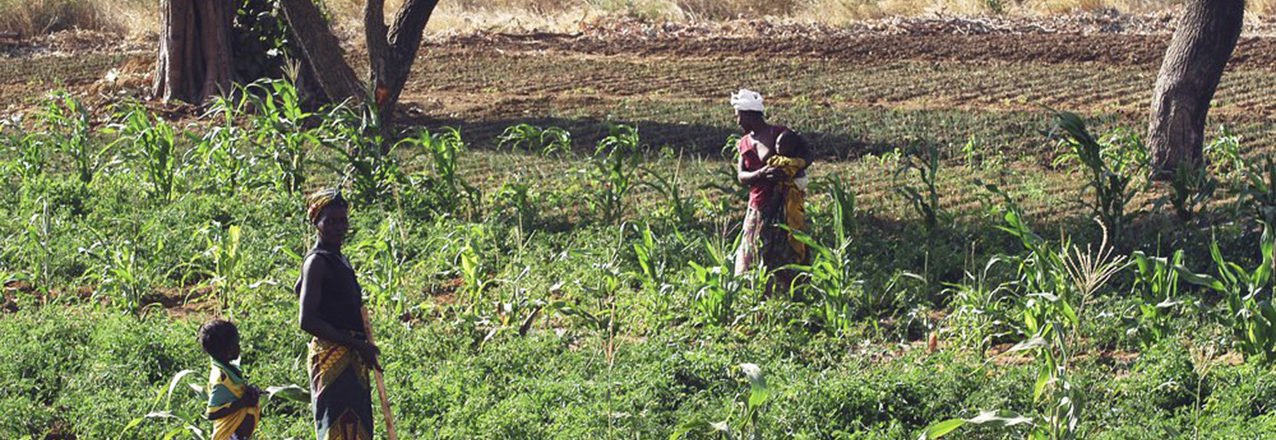Originally appeared on New America’s Future of Property Rights Blog.
There’s an app for that
As smartphones have become ubiquitous over the last decade, an ecosystem of mobile data collection apps has emerged, making the prospect of cheap, crowdsourced data collection more feasible than ever before. Most of these apps have been aimed at users in the developed world, where the use cases impose very different cost and accessibility requirements. An app that only runs on a late-model iPhone, for example, would be unsuitable for community mapping in the developing world no matter its functionality…
In her 2016 Master’s thesis An app for land administration: criteria, functional requirements and a prototype in Ethiopia [PDF], Julinda Dyil of the University of Twente examined 30 of these apps for their suitability for community mapping. The two fundamental requirements she identified were that the apps must be “designed to support poor people and communities” (pro-poor) and “designed to support management of land administration systems” (fit-for-use). Dyli breaks these two requirements down into sixteen criteria. Many of these overlap, and for the sake of simplicity we will distill them them down to four broad criteria:
1) Affordability
The app must be free or very inexpensive. If the purchase price or subscription fee is high, or if the app can only be run on an expensive phone, then it will not be suitable for community mapping.
2) Accessibility
The app must be simple and intuitive to use for people with limited education and literacy. If it is too complex to operate it will not fit into the sort of collaborative, inclusive methodology that is best able to guarantee fairness and transparency. The geospatial data cannot be abstract; it must be tied to a map that shows people what it corresponds to on the ground. The data produced must be in format that is easily shared and read by the different parties involved.
3) Adaptability
Different regions and jurisdictions have different requirements for land and tenure attribute information as well as GPS accuracy. The app must therefore be flexible in its ability to collect both kinds of data. It must be able to collect complex usage and tenure information across the continuum of rights. The app must include forms to enter attribute data, ideally ones that can be customized without programming. Compatibility with external GPS receivers is also important for simple adaptation to regional accuracy standards.
4) Accuracy
The integrity of the information collected must be high so that everyone involved in the process, from the landholder to the government land agency, has trust in the data. The accuracy of the GPS data should be high enough to satisfy legal standards in the area where the mapping takes place, but no higher if increased accuracy will impose greater costs.
Apps designed with these criteria in mind are already being used to record property rights, notably by USAID’s Mobile Application to Secure Tenure (MAST) program.
Read the full post on New America’s blog.


